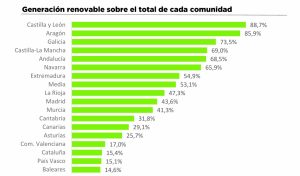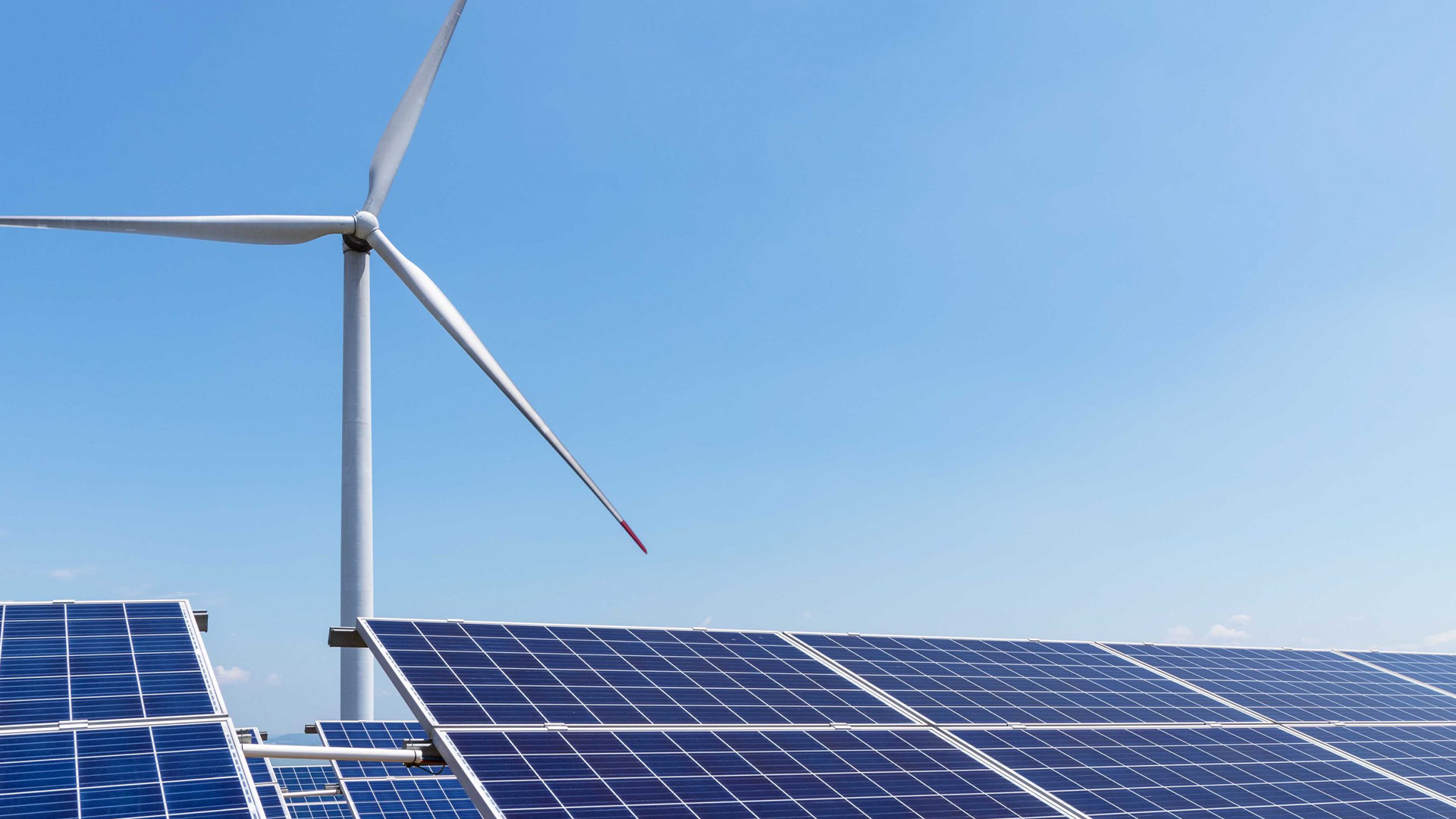The renewables map could transform the industrial landscape in the coming decades
Access to renewable energy sources may reshape the industrial landscape in Spain. Currently, according to recent data from the quarterly report of the Renewable Energy Observatory by Foro Sella, produced by Opina 360, the traditionally industrial regions are lagging behind in renewable energy generation.
Thus, the lowest positions in the ranking of renewable energy generation proportion relative to total electricity generation by region are occupied by the Balearic Islands (14.6%), Basque Country (15.1%), Catalonia (15.4%), Valencia (17%), and Asturias (25.7%). Except for the Balearic Islands, all these regions have well-established, traditionally significant industrial sectors. In contrast, Castilla y León (88.7%) and Aragón (85.9%) lead the ranking, with both regions including areas of the so-called “Empty Spain” and holding significant potential for renewable energy development.

Source: Quarterly report of the Renewable Energy Observatory by Foro Sella, produced by Opina 360
Experts from Foro Industria y Energía emphasize that access to efficient and affordable energy sources is a key factor for industrial competitiveness and a basic criterion when choosing industrial plant locations.
With this in mind, the renewables map could transform the industrial landscape over the coming decades, representing both a challenge for the currently industrialized regions, which may lose competitiveness, and an opportunity for those rich in renewable resources, which are increasingly becoming attractive hubs for industry.
For Spain as a whole, data from Opina 360 show that renewable energy exceeded the threshold of 80,000 MW of installed capacity in the third quarter of the year. Specifically, by the end of September, 80,885 MW were in operation. Green electric power capacity grew by 941 MW (1.2%) in this quarter compared to the previous one. Once again, photovoltaic solar energy accounted for nearly all growth, adding 888 MW (3.2%) for a total of 28,665 MW. It continued to close the gap with wind power, which added only 53 MW (0.2%) in the third quarter, bringing it to a total of 31,532 MW.
The increase in renewable capacity and the slight decline in non-renewable sources, due to a 17 MW cut in cogeneration, allowed green energy to represent 63.1% of the national generation capacity, which now totals 128,093 MW.
Juan Francisco Caro, director of Opina 360, highlighted that the addition of renewables to the national electrical system “continues at a very high pace. The forecast is that this will continue, given the volume of projects that received construction permits in the past year.” However, for this transition process to succeed, “it is essential to accompany it with the deployment of grids and, above all, to push for greater electrification of the economy, as demand remains below pre-pandemic levels,” he adds.

